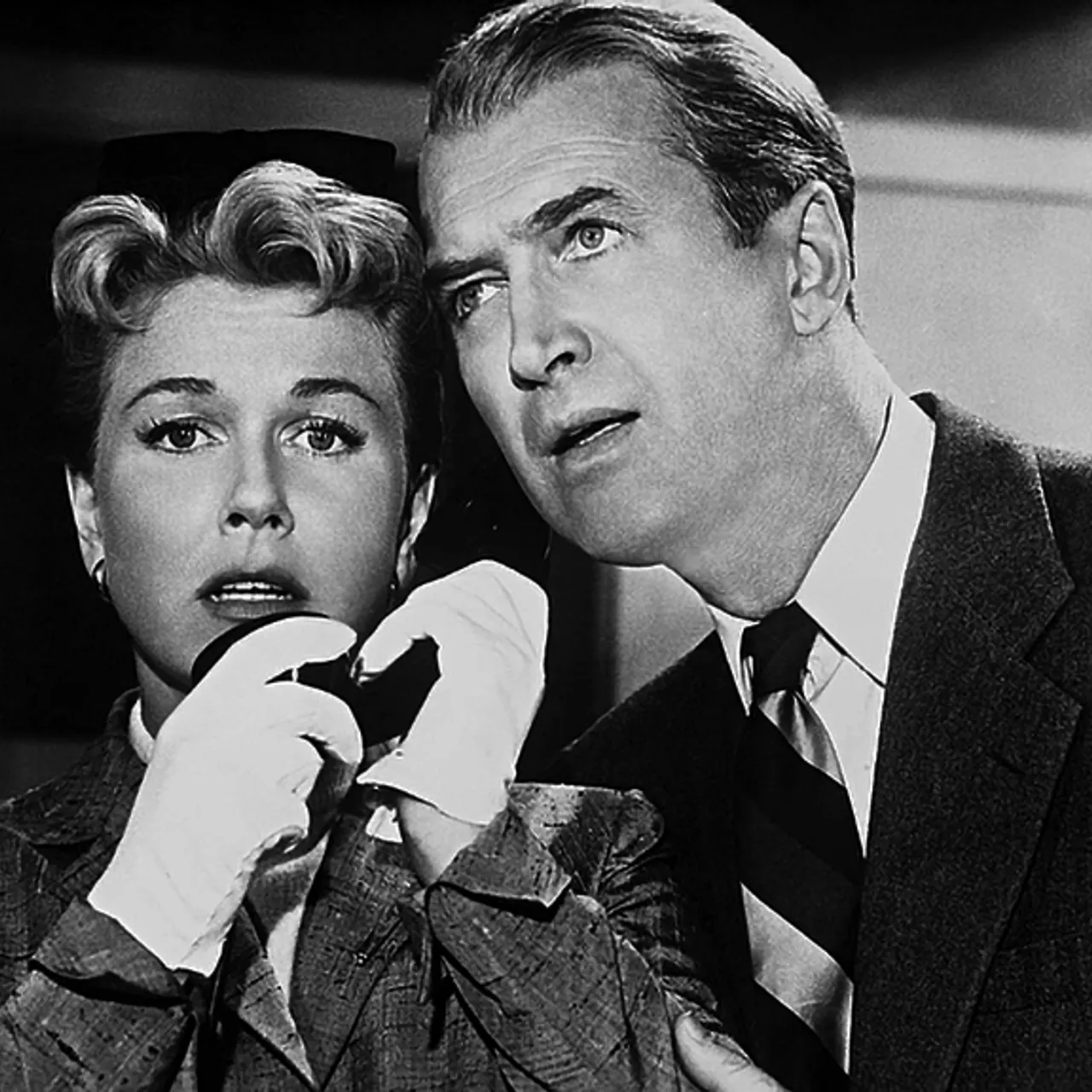In 1934, just after completing his 25th film, Alfred Hitchcock's interest shifted to a screenplay written by a group of British cinema buffs, marking the start of 'The Man Who Knew Too Much'. The story leads us to St Moritz, in the Swiss Alps, where a British couple and their daughter are unwittingly caught in an international conspiracy involving the kidnapping of their child. Filmed in black and white, this first installment deeply marked the director, so much so that he decided to remake it in 1956.

The man who did too much
In 1935, one year after the release of the movie, cinemas projected for the first time a color film, 'Becky Sharp' by Rouben Mamoulian. This event must have revolutionized cinema, as the director couldn't resist remaking the film in color. As A. Hitchcock himself said, "The first version was made by a talented amateur while the second was done by a professional." He thus aimed for nothing less than perfection.
To dazzle the viewers, it was essential to showcase the most vibrant colors. Instead of returning to the Alps, the director opted for a far more exotic location, Marrakech. With a few changes in characters and settings, the plot remained the same.
In the 1956 film, Hitchcock put his entire skill set to work to heighten his craft. For him, every detail mattered, and he spared no effort in capturing the beauty of the city. From the framing to the characters, and from the backgrounds to the supporting roles, this film continues to fascinate its audience.

A Hitchcockian perspective on Marrakech
The director shot many scenes in the medina, at Bab Doukkala, and especially in the midst of Jemaa el Fna square, where he filmed the various exhibitors, storytellers, snake charmers, and acrobats, painting a transcendent portrait of the era's folklore.
Notably, a 1950s special effect was used during a moonlit scene where the Koutoubia appears disproportionally large.
The movie continues with a carriage ride through the city streets, ending at the hotel La Mamounia. This film allows us to see the majestic halls and the apparent luxury of the rooms that were already quite prominent, as well as the lush gardens said to have inspired the director for one of his future films.
After La Mamounia, the characters find themselves in a lounge at Dar Essalam, a former palace in the medina converted into a restaurant.
It also features a wild chase scene where an American disguised as a Moroccan is pursued by a horde of policemen. This chase whirls through the souks, notably the tanners', as well as Riad Zitoune and the Medersa. The man in question is murdered, and he falls into the arms of the hero, whispering something that makes him 'the man who knew too much.'

